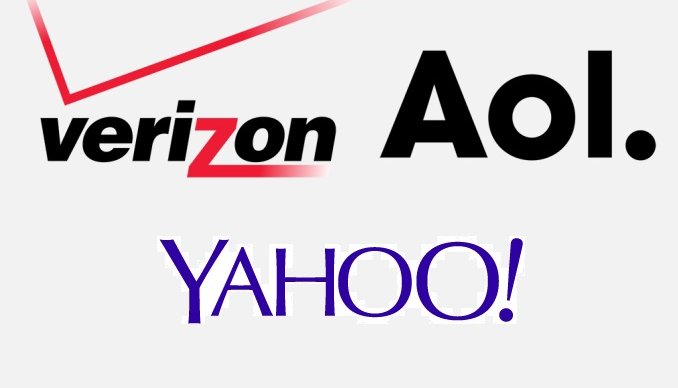Verizon email is now Aol and Yahoo. Verizon bought AOL and bits of Yahoo back in 2015. To join in on the mobile advertising action, Verizon paid $4.4 billion for Yahoo (despite a massive data breach in 2013) and $4.8 billion for AOL. Now, finally, in 2017 the rubber is hitting the road in email land.
You’ve got Verizon Mail! Can you hear me now Yahoo??
To compete with the big boys, Google and Facebook, Verizon email is taking big steps. The goal is to become a dominate, global in-box provider. It’s a tall order considering that Facebook alone is said to control 15% of digital ad market and has all kinds of insanely granular details about its users.
How will Verizon’s email migration to AOL and control over Yahoo impact you as an email marketer?
Good question.
It is believed that just over half of the Verizon.net email addresses have been active with the last 30 days. That means about two-and-a-half million email accounts are still in play.
If you’re already on top of your hygiene game, you should be able to weather the immediate transition well. Verizon has already begun notifying customers, in batches, that they have 30 days to get right with the email gods. Approximately 4.5 million verizon.net email addresses are being affected now.
Current verizon.net customers can:
- Do nothing and be left, for all eternity, in the dust bin of verizon.net history
- Transfer on over to AOL and keep their verizon.net address, but will need to login to AOL Mail for access
- Transfer to any other mailbox provider (like Outlook or Gmail) and keep the verizon.net addresses
Verizon is giving customers 6 months of inactivity before they hit “delete.” If users didn’t migrate their verizon.net email to AOL Mail before April 1st, they still have 6 months to migrate their email IF they remember their Verizon email login password. Unfortunately, password recovery is impossible if the migration wasn’t initiated before April.
In the big picture, the total number of verizon.net email addresses out there is a drop in the bucket. However why shoot yourself in the deliverability foot if you don’t have to? Obviously sending to dead email addresses will cause hard bounces that can negatively impact your sending reputation.
Comb through your lists and segment out all the verizon.net addresses. Try addressing these recipients directly. Mention the recent changes going on with Verizon and AOL. Show folks what they need to do to stay in touch.
You’ll also need to be careful with all the verizon.net addresses because, moving forward, all “verizon” email addresses will be sub-accounts. They’re either AOL or whatever the subscriber choose. When sending in high-volume you should already be segmenting your data by mailbox provider, so this is just one more little “i” to dot and “t” to cross.
Verizon Email Yahoo and AOL: The Great Email Conglomeration
It remains to be seen how Verizon’s take over of Yahoo email And AOL will effect deliverability. Yahoo has become notoriously difficult to deliver to while AOL Mail has long been a favorite of high-volume mailers in terms of in-boxing and engagement. Also encouraging is that Verizon email has given AOL Mail users unlimited storage and expanded the size of allowable attachments to up to 25 megabytes (think of how happy AOL’s two million dial-up customers must be!). If Verizon leans on AOL as it’s email infrastructure guide, things could go very nicely for those sending serious volume.
After all, we only know Verizon’s short term plans. Will AOL and Yahoo get squished into one property? Verizon Yahoo email? Verizon AOL email (YAOLHOO) Probably! We shall see though. Keep up the noble fight for the in-box mailers. VoloMP is here for you and your Verizon email lists.



[…] sweet little $350 million dollar discount). At one point, Yahoo had a $125 billion market cap but, Verizon bought Yahoo for 4 billion and some […]